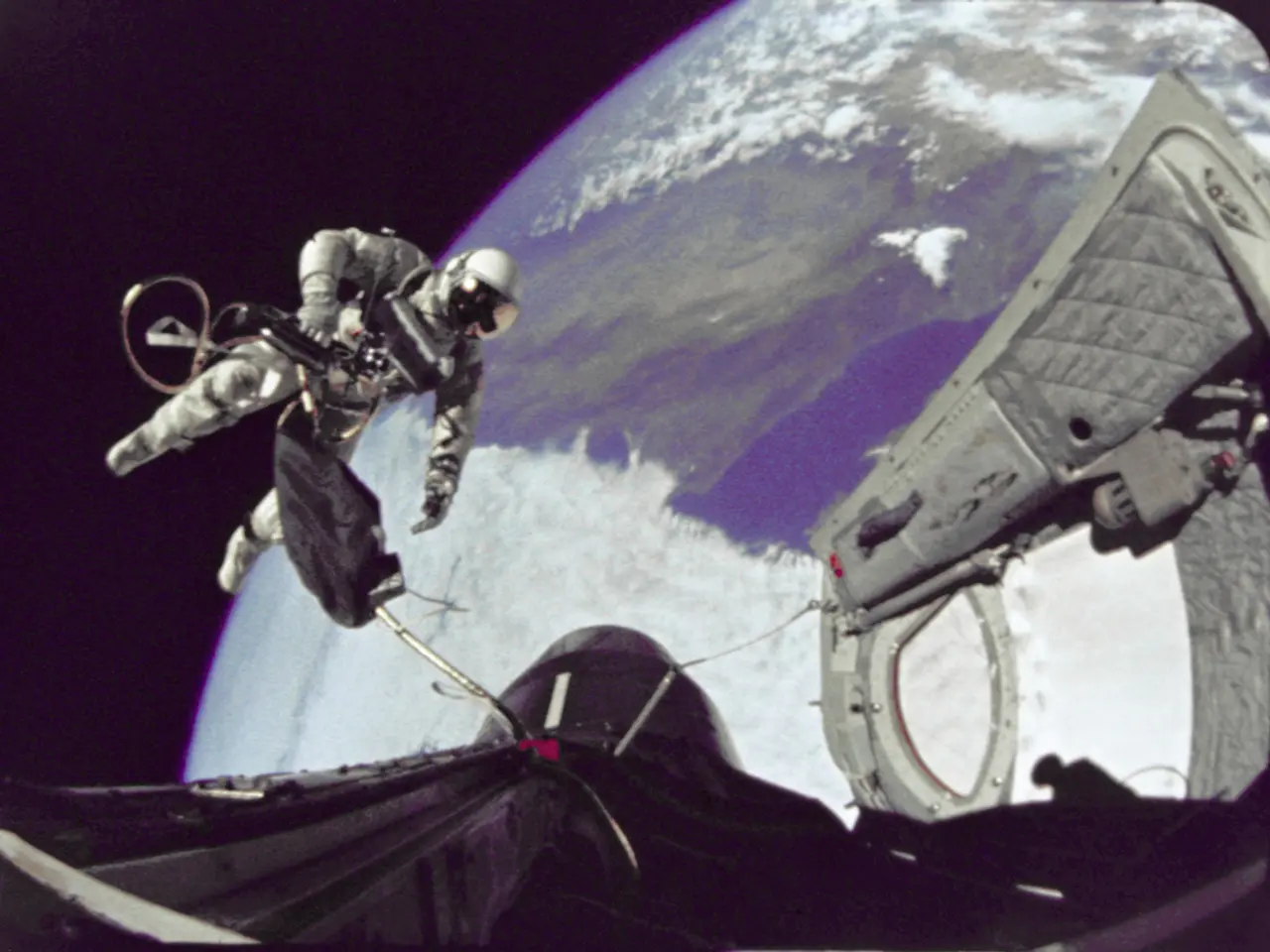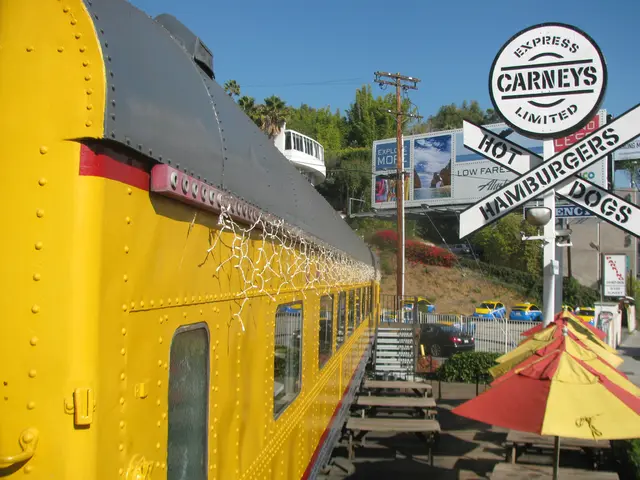NASA Alters Regulations Governing Commercial Spaceships
In a bid to ensure a seamless transition from the International Space Station (ISS) operations and maintain a robust presence in Low Earth Orbit (LEO), NASA has unveiled an updated acquisition strategy for the second phase of the Commercial Low Earth Orbit Destinations (CLD) Program.
The revised strategy, which is a response to the limited FY2026 budget allocation of $272.3 million and a constrained funding of $2.1 billion over the next five years, aims to develop and deploy new commercial space stations [1]. Instead of relying on firm-fixed-price contracts, NASA will fund multiple U.S. companies through Space Act Agreements (SAAs) to foster flexibility and affordability [3][5].
Under the new strategy, the focus has shifted from continuous crew presence to supporting minimum crewed missions of four astronauts for one-month increments. This marks a significant reduction from earlier demands for two astronauts to be continuously onboard for six-month missions [5]. The strategy also emphasizes accountability, transition planning, and performance metrics to guarantee mission continuity and a safe, sustainable transition from ISS operations while promoting commercial viability.
Key aspects of the updated CLD Phase 2 strategy include funding multiple companies via Space Act Agreements, reducing crew duration requirements, focusing on cost-effectiveness and sustainability, and integrating accountability measures and performance metrics for industry participation [1][3].
NASA has already signed agreements with companies like Axiom Space for crewed modules that can be attached and detached from the ISS before it is de-orbited by a SpaceX vehicle in the near future [6]. The agency has also acknowledged the $4 billion budget shortfall in the strategy for phase 2 of the Commercial LEO Development Program [2].
The memo calls for quick action to avoid a gap in crew-capable space operations due to the impending demise of the ISS. The directive also mentions a modification to the current approach for LEO platforms [4]. This strategic pivot is expected to set the stage for the next era of human spaceflight and research in LEO.
[1] NASA.gov [2] SpaceNews.com [3] ArsTechnica.com [4] Space.com [5] TheVerge.com [6] CNBC.com
- The new strategy for NASA's Commercial Low Earth Orbit Destinations (CLD) Program, due to budget constraints, will invest in multiple U.S. companies using Space Act Agreements (SAAs) to foster affordability and develop new commercial space stations, even in the realm of science and technology.
- As part of the updated CLD Phase 2 strategy, NASA has integrated AI into its operations by partnering with firms like Axiom Space, using their technology to seamlessly transition from the International Space Station (ISS) operations in space-and-astronomy, ensuring continuity and promoting commercial viability.








